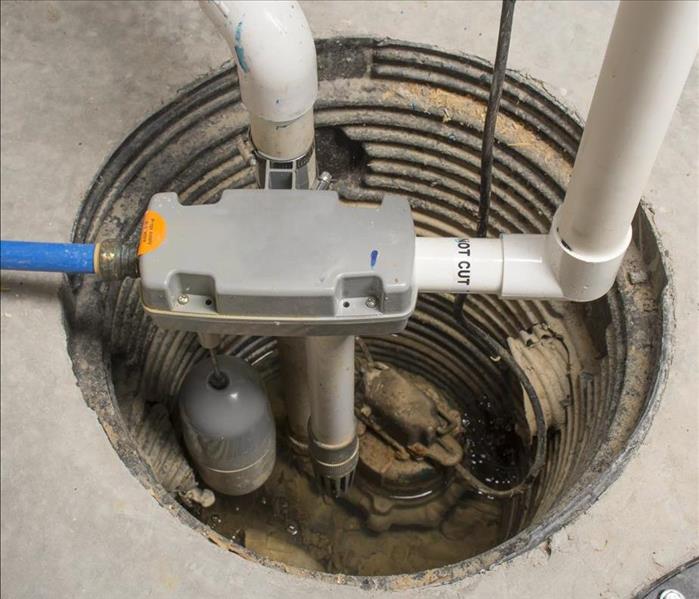How To Inspect Your Sump Pump
6/27/2022 (Permalink)
Sump Pump Inspections
Your basement may be a fun place to entertain or give you a lot of extra storage. Whatever its purpose, it can’t serve it well if it gets flooded. Regular sump pump inspections are necessary to ensure that, if extra water does flood your basement, it won’t stay there long. A reliable pump can significantly lower the cost of water remediation services if your basement floods. Here are some things to check off your list during the inspection.
Get Rid of Debris
A big part of pump maintenance is just cleaning it out. There are several places dirt, rocks and other debris like to hide in your pump:
- Discharge pipe
- Vent hole
- Intake screen
- Pit
Any obstruction in these areas can cause your pump to malfunction when you need it the most.
Check Cord and Power Supply
Over time, cords can wear out, especially if they are in an area like the basement where they may be trapped under boxes or twisted around other obstacles. Check the cord to make sure it is not broken. You also want to ensure that the sump pump is hooked up to a working power supply. It is a good idea to connect it to a generator so that if it is needed during a power outage in a storm, it will still function.
Test the Pump
Every time you inspect your pump, it’s a good idea to simulate a flood scenario to see if it works. Flood the basin with a bucket of water. If your pump is working, it will activate and drain the water. If it does not do this, you need to contact a repair technician in Cleveland, TN, to fix it.
It is a good idea to inspect your sump pump on a quarterly basis. This ensures that all debris is removed, it is connected to a reliable power source and it actually does what it’s supposed to do. Then when storms come, you know your basement is protected.






 24/7 Emergency Service
24/7 Emergency Service
